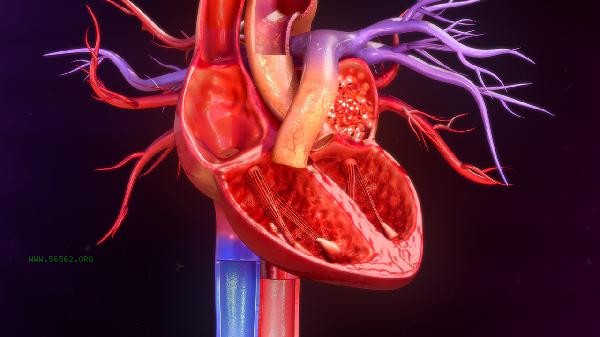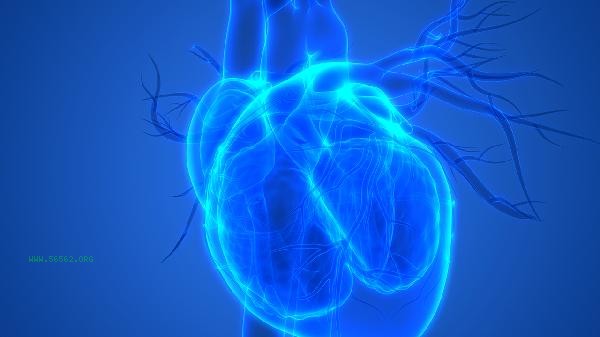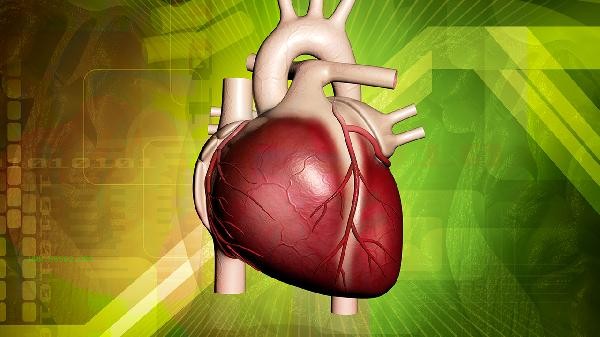Elevated heart index in elderly people usually reflects abnormal increase in cardiac output, which may be related to factors such as hypertension, anemia, hyperthyroidism, chronic lung disease, or heart valve disease. The cardiac index is an important indicator for evaluating the pumping efficiency of the heart, with a normal range of 2.5-4.0 L/min · m ². If it continues to be high, specific etiological interventions are needed.

1. Hypertension:
Long term uncontrolled hypertension can lead to left ventricular hypertrophy, and the heart needs to enhance its contractility to maintain blood supply, thereby pushing up the cardiac index. These patients often experience dizziness and chest tightness, which can be diagnosed through dynamic blood pressure monitoring. The treatment mainly involves calcium channel blockers such as amlodipine and angiotensin-converting enzyme inhibitors such as enalapril, as well as a low salt diet and regular aerobic exercise.
2. Anemia: When hemoglobin is below 110g/L, the oxygen carrying capacity of the blood decreases, and the heart compensates by increasing the pumping volume to compensate for hypoxia. Typical manifestations include pale complexion and palpitations after physical activity. Iron metabolism indicators and bone marrow images need to be checked. Mild to moderate anemia can be improved by supplementing ferrous succinate and vitamin B12, while severe anemia requires blood transfusion treatment.
3. Hyperthyroidism:
Excessive thyroid hormone can accelerate metabolic rate, promote increased heart rate and cardiac output. Patients often have symptoms such as hand tremors, weight loss, and excessive sweating, which can be diagnosed through FT3, FT4, and TSH testing. Antithyroid drugs such as methimazole and beta blockers such as metoprolol are the main treatment methods, and if necessary, radioactive iodine therapy is required.

4. Pulmonary heart disease:
Pulmonary arterial hypertension caused by chronic obstructive pulmonary disease and other conditions can lead to increased right ventricular burden, which may later cause global heart failure. The characteristic manifestations are lower limb edema and jugular vein engorgement. Pulmonary function tests and echocardiography can provide a clear diagnosis, and long-term oxygen therapy combined with diuretics such as furosemide is needed to alleviate symptoms.
5. Valve disease:
When the aortic valve is not fully closed or the mitral valve refluxes, the heart needs to repeatedly pump out the refluxed blood, causing ineffective work. Auscultation can detect characteristic murmurs, and echocardiography can accurately assess the degree of reflux. Mild lesions can be controlled with medication, while moderate to severe cases may require valve repair or replacement surgery. When elderly patients find that their heart index is high, it is recommended to monitor blood pressure and heart rate daily, and maintain low-intensity exercise such as brisk walking or Tai Chi for 30 minutes every day. Adopting a Mediterranean dietary pattern, increasing intake of deep-sea fish and nuts, and limiting daily sodium intake to less than 5 grams. Using a semi recumbent position during sleep can reduce cardiac load, and regular follow-up of electrocardiogram and BNP indicators is recommended. If there is paroxysmal nocturnal dyspnea or worsening edema in both lower limbs, immediate medical attention should be sought from the cardiology department.









Comments (0)
Leave a Comment
No comments yet
Be the first to share your thoughts!